Home>Gardening & Outdoor>Landscaping Ideas>How To Start A Garden Bed
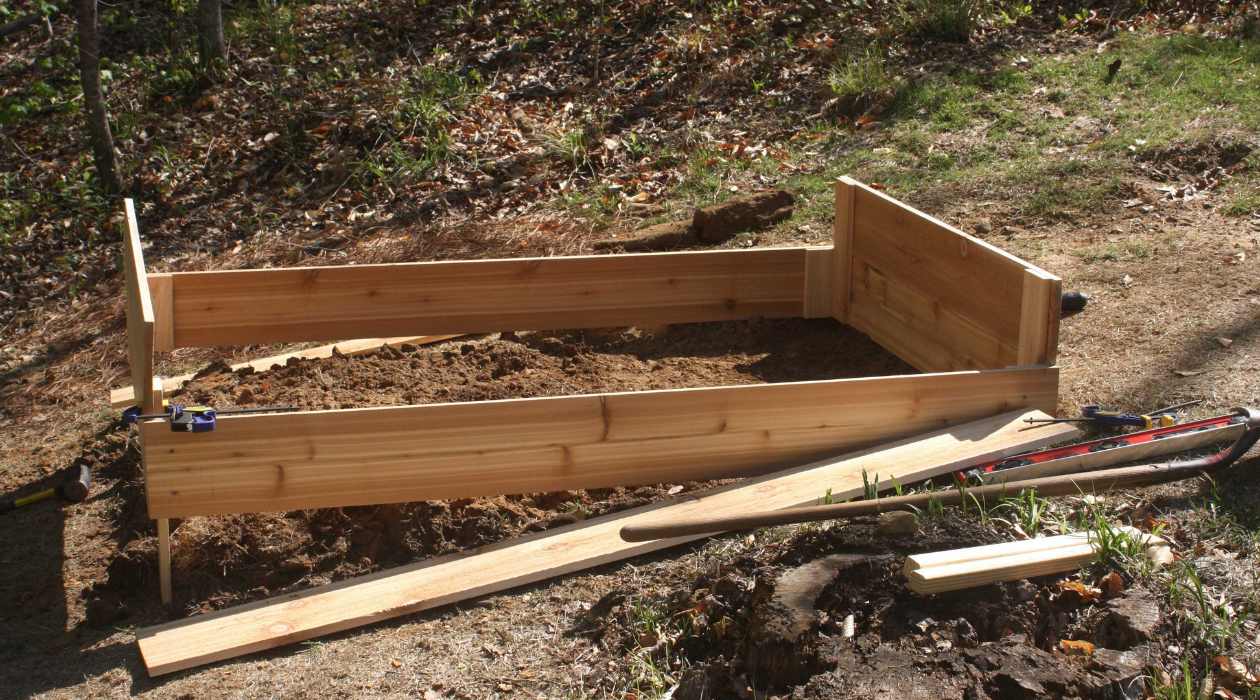

Landscaping Ideas
How To Start A Garden Bed
Published: February 1, 2024
Learn how to start a garden bed with our expert landscaping ideas. Get tips on soil preparation, plant selection, and more to create a beautiful garden.
(Many of the links in this article redirect to a specific reviewed product. Your purchase of these products through affiliate links helps to generate commission for Storables.com, at no extra cost. Learn more)
Choosing the Right Location
Selecting the perfect location for your garden bed is crucial for the success of your landscaping project. The right spot can make a significant difference in the growth and health of your plants. Here are some essential factors to consider when choosing the right location for your garden bed:
-
Sunlight Exposure:
- Ensure that the chosen location receives an adequate amount of sunlight. Most plants require at least 6-8 hours of sunlight per day to thrive. Observe the area throughout the day to determine the sunlight patterns and select a spot with the optimal exposure.
-
Soil Quality:
- Assess the soil quality in the potential locations. The soil should be well-draining to prevent waterlogging, yet retain enough moisture for the plants to thrive. Conduct a soil test to determine its pH level and nutrient content, and amend the soil as necessary to create an ideal growing environment.
-
Proximity to Water Source:
- Consider the proximity of the chosen location to a water source. It is essential to have easy access to water for irrigation and maintenance. If the location is far from a water source, consider installing a drip irrigation system to ensure the plants receive adequate hydration.
-
Protection from Elements:
- Evaluate the exposure of the location to strong winds, frost, or extreme temperatures. Choose a spot that provides some natural protection from harsh elements, such as a nearby building or existing vegetation, to shield the plants from potential damage.
-
Space and Accessibility:
- Determine the available space and accessibility of the location. Ensure that the area is spacious enough to accommodate the desired plants and allows for easy access for planting, maintenance, and harvesting. Additionally, consider the visibility of the garden bed from your home or outdoor living spaces to maximize its aesthetic appeal.
By carefully considering these factors, you can select the ideal location for your garden bed, setting the stage for a thriving and visually appealing landscape.
Key Takeaways:
- Choose the right location for your garden bed by considering sunlight, soil quality, water source, protection from elements, and space. This sets the stage for healthy and thriving plants.
- Prepare the soil by assessing, amending, cultivating, leveling, and mulching. This creates an optimal environment for plant growth and long-term vitality.
Read more: How To Start A Raised Bed Garden
Preparing the Soil
Preparing the soil is a fundamental step in establishing a healthy and vibrant garden bed. The quality of the soil directly impacts the growth and overall well-being of the plants. By taking the time to properly prepare the soil, you can create an optimal environment for your plants to flourish. Here's a comprehensive guide to preparing the soil for your garden bed:
Soil Assessment
Before diving into the preparation process, it's essential to assess the existing soil conditions. Conduct a soil test to determine the pH level and nutrient content. This valuable information will guide you in making informed decisions about the necessary amendments to improve the soil quality.
Soil Amendments
Based on the results of the soil test, you may need to amend the soil to create an ideal growing environment for your plants. Common soil amendments include organic matter such as compost, well-rotted manure, or peat moss to improve the soil structure and fertility. Additionally, incorporating organic materials enhances the soil's ability to retain moisture, promoting healthy root development.
Soil Cultivation
Once the necessary amendments have been added, it's time to cultivate the soil. Use a garden fork or a tiller to thoroughly mix the amendments into the existing soil. This process helps distribute the organic matter evenly and improves the overall texture of the soil, creating a welcoming environment for plant roots to establish and thrive.
Read more: How To Start An Indoor Garden
Soil Leveling and Smoothing
After amending and cultivating the soil, take the time to level and smooth the surface. Use a rake to create a uniform and even surface, ensuring that the soil is adequately prepared for planting. A smooth soil surface provides a stable foundation for planting and facilitates proper water distribution during irrigation.
Mulching
Consider applying a layer of organic mulch over the prepared soil. Mulch helps conserve moisture, suppresses weed growth, and regulates soil temperature. Organic mulches, such as wood chips or straw, gradually break down, enriching the soil with essential nutrients over time.
By diligently preparing the soil, you set the stage for a successful garden bed, providing your plants with the best possible growing conditions. This foundational step contributes to the long-term health and vitality of your garden, ultimately enhancing the beauty and productivity of your landscape.
Selecting the Plants
Selecting the right plants is a pivotal aspect of creating a captivating and thriving garden bed. The careful consideration of various factors, including climate, soil conditions, and aesthetic preferences, plays a crucial role in determining the success of your landscaping endeavor. Here's a comprehensive guide to help you navigate the process of selecting the perfect plants for your garden bed:
Climate and Hardiness
Begin by researching the climate and hardiness zone of your location. Understanding the climatic conditions, including temperature ranges and precipitation patterns, will guide you in choosing plants that are well-suited to thrive in your specific environment. Consider the hardiness of the plants, ensuring they can withstand the typical weather conditions in your region, whether it's intense heat, frost, or heavy rainfall.
Read more: How To Start A Patio Garden
Soil Compatibility
Evaluate the soil composition and pH level of your garden bed to determine its compatibility with different plant species. Some plants thrive in well-draining, sandy soils, while others prefer rich, loamy soils. Additionally, certain plants may require acidic or alkaline soil conditions to flourish. Select plants that are well-matched to the soil characteristics of your garden bed to promote healthy growth and vitality.
Sunlight Requirements
Take note of the sunlight exposure in your chosen garden bed location. Different plants have varying sunlight requirements, ranging from full sun to partial shade or full shade. Assess the sunlight patterns throughout the day to identify areas of direct sunlight and shaded spots. Match the sunlight preferences of the plants with the specific conditions of your garden bed to ensure they receive the appropriate amount of light for optimal growth.
Aesthetic Appeal
Consider the visual impact you wish to achieve with your garden bed. Select plants with diverse colors, textures, and heights to create a visually appealing and dynamic landscape. Incorporate a mix of flowering plants, foliage plants, and ornamental grasses to introduce depth and interest to the garden bed. Additionally, think about the seasonal interest of the plants, aiming to create a garden that offers year-round beauty and charm.
Maintenance and Watering Needs
Factor in the maintenance requirements and watering needs of the plants when making your selections. Choose plants that align with your desired level of maintenance, whether you prefer low-maintenance perennials or enjoy the care of annual flowers. Additionally, consider the water requirements of the plants and ensure they are compatible with the watering schedule and irrigation methods available in your garden bed.
By carefully considering these essential factors, you can curate a diverse and harmonious selection of plants that are perfectly suited to thrive in your garden bed. This thoughtful approach to plant selection sets the stage for a stunning and sustainable landscape, where each plant contributes to the overall beauty and vitality of the garden bed.
Read more: How To Start A Indoor Garden
Planting the Garden Bed
Planting the garden bed marks an exciting phase in the landscaping journey, where careful planning and thoughtful execution come together to bring the vision to life. This pivotal step involves translating your plant selections into a harmonious arrangement, ensuring optimal growing conditions, and setting the stage for a flourishing garden bed. Here's a detailed guide to the process of planting your garden bed:
Layout and Spacing
Begin by laying out the plants in their designated positions within the garden bed. Consider the mature size of each plant and the recommended spacing guidelines to allow ample room for growth. Arrange the plants in a visually pleasing and balanced manner, taking into account their varying heights, colors, and textures. By strategically positioning the plants, you can create an aesthetically appealing composition that maximizes the available space and enhances the overall visual impact of the garden bed.
Digging and Planting
Once the layout is finalized, proceed to dig individual planting holes for each plant. The depth and width of the holes should accommodate the root ball or root system of the plants, allowing for proper root development and establishment. Gently remove the plants from their containers, loosen the root ball if necessary, and place them in the prepared holes. Ensure that the plants are positioned at the appropriate depth, with the top of the root ball level with the surrounding soil.
Soil Amenities
As you plant each specimen, incorporate soil amenities such as organic matter, compost, or slow-release fertilizer into the backfill soil. These additions provide essential nutrients and promote healthy root growth, giving the newly planted specimens a strong foundation for thriving in their new environment. Gently firm the soil around the base of each plant to eliminate air pockets and establish good soil-to-root contact, facilitating efficient nutrient uptake and moisture absorption.
Read more: What Time Can Gardeners Start Work
Watering and Mulching
Following the planting process, thoroughly water the garden bed to settle the soil around the roots and provide initial hydration to the newly planted specimens. Monitor the moisture levels in the days following planting, ensuring that the soil remains consistently moist but not waterlogged. Apply a layer of organic mulch around the plants to conserve moisture, suppress weed growth, and regulate soil temperature. Mulching also contributes to the overall health of the garden bed by providing a protective layer over the soil surface.
Maintenance and Care
After planting, maintain a diligent watering schedule to support the establishment of the newly planted specimens. Monitor the garden bed regularly, inspecting for signs of stress, pest infestations, or disease. Address any issues promptly to safeguard the health and vitality of the plants. As the garden bed matures, continue to provide ongoing care, including fertilization, pruning, and seasonal maintenance, to ensure the long-term success and beauty of the landscape.
By following these detailed planting guidelines, you can transform your garden bed into a thriving and visually captivating oasis. Each carefully planted specimen contributes to the overall tapestry of the landscape, creating a harmonious and enchanting outdoor space that brings joy and beauty throughout the seasons.
Watering and Maintenance
Proper watering and consistent maintenance are essential elements in nurturing a healthy and vibrant garden bed. The ongoing care and attention provided to the plants contribute to their overall well-being and longevity, ensuring that the garden bed remains a flourishing and visually captivating feature in your landscape.
Watering Practices
Establishing a regular watering routine is crucial for sustaining the health of the plants in your garden bed. The frequency and method of watering depend on various factors, including the specific water needs of the plants, soil conditions, and prevailing weather patterns. Here are some key considerations for effective watering:
-
Deep Watering: Encourage deep root growth by watering the garden bed thoroughly, allowing the moisture to penetrate the soil and reach the root zone. Deep watering promotes stronger and more resilient plants, as the roots are encouraged to seek moisture at deeper levels, making them less susceptible to drought conditions.
-
Morning Watering: Whenever possible, water the garden bed in the morning to minimize water loss through evaporation and ensure that the plants have access to moisture during the active part of the day. Morning watering also allows the foliage to dry off before evening, reducing the risk of fungal diseases.
-
Mulch and Moisture Retention: Maintain a layer of organic mulch over the soil surface to conserve moisture and reduce the frequency of watering. Mulch acts as a protective barrier, shielding the soil from excessive evaporation and temperature fluctuations, while also suppressing weed growth and enhancing the overall health of the garden bed.
Read more: When To Start An Indoor Garden
Maintenance Practices
Regular maintenance activities play a vital role in preserving the beauty and vitality of the garden bed. By staying attentive to the needs of the plants and addressing any issues promptly, you can ensure that the landscape remains a thriving and enchanting outdoor space. Here are essential maintenance practices to incorporate into your gardening routine:
-
Weeding: Routinely remove weeds from the garden bed to prevent competition for nutrients and water. Regular weeding helps maintain a tidy and well-kept appearance while safeguarding the health of the desired plants.
-
Pruning and Deadheading: Engage in regular pruning and deadheading to promote healthy growth and encourage continuous flowering in the garden bed. Removing spent blooms and excess foliage redirects the plant's energy towards new growth, enhancing the overall appearance and vigor of the landscape.
-
Fertilization: Provide the plants with necessary nutrients through regular fertilization. Select a suitable fertilizer based on the specific needs of the plants and apply it according to the recommended guidelines. Balanced fertilization supports robust growth and enhances the overall health of the garden bed.
-
Pest and Disease Management: Monitor the garden bed for signs of pests and diseases, and take appropriate measures to address any issues promptly. Implementing integrated pest management practices and employing organic pest control methods can help safeguard the plants while minimizing the impact on beneficial organisms and the environment.
By integrating these watering and maintenance practices into your gardening routine, you can nurture a garden bed that flourishes with vitality and beauty. The ongoing care and attention invested in the landscape contribute to a rewarding and enchanting outdoor experience, where the garden bed becomes a captivating focal point that brings joy and inspiration throughout the seasons.
Frequently Asked Questions about How To Start A Garden Bed
Was this page helpful?
At Storables.com, we guarantee accurate and reliable information. Our content, validated by Expert Board Contributors, is crafted following stringent Editorial Policies. We're committed to providing you with well-researched, expert-backed insights for all your informational needs.
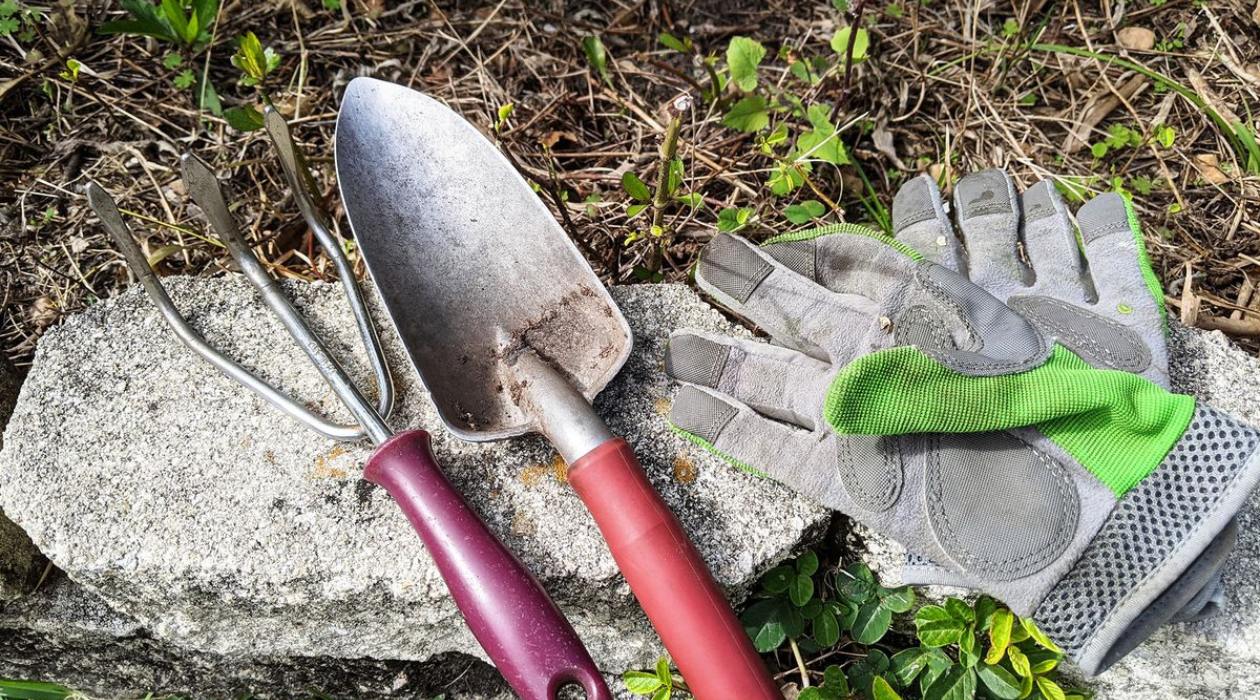
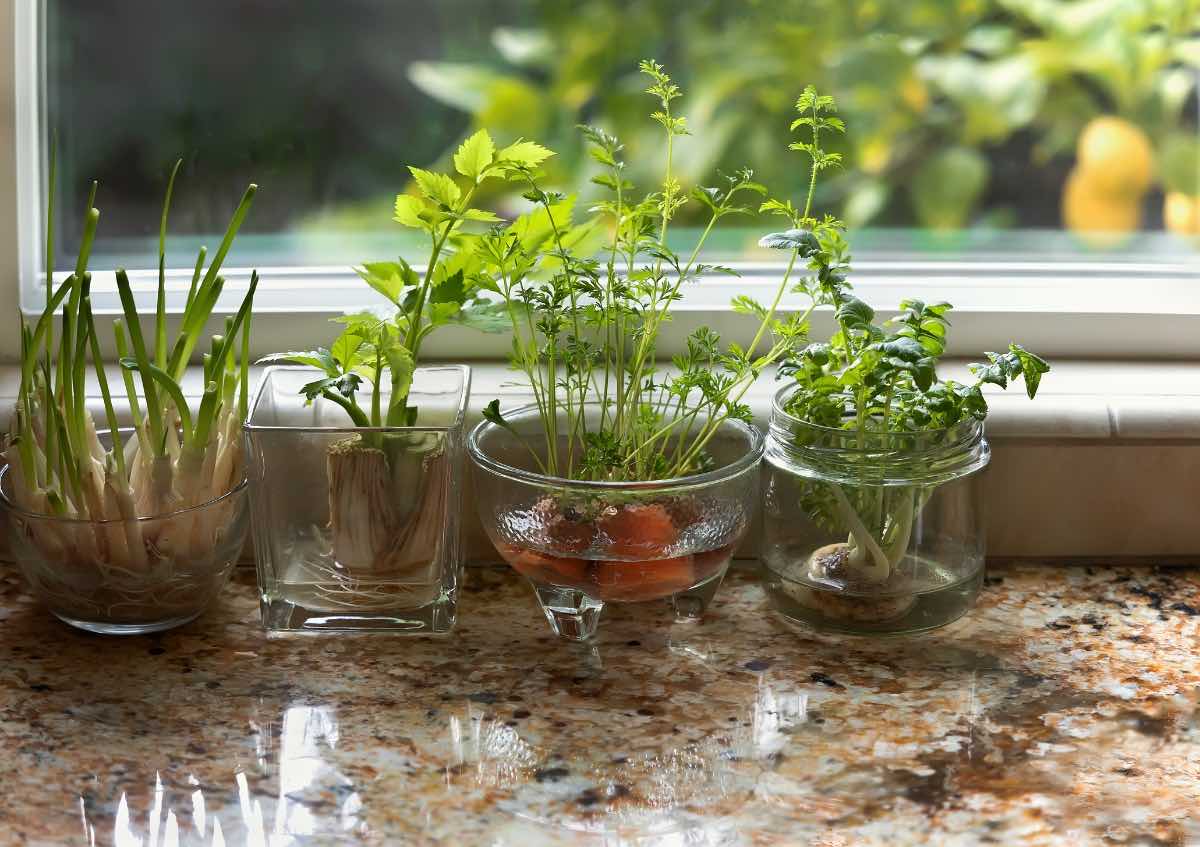

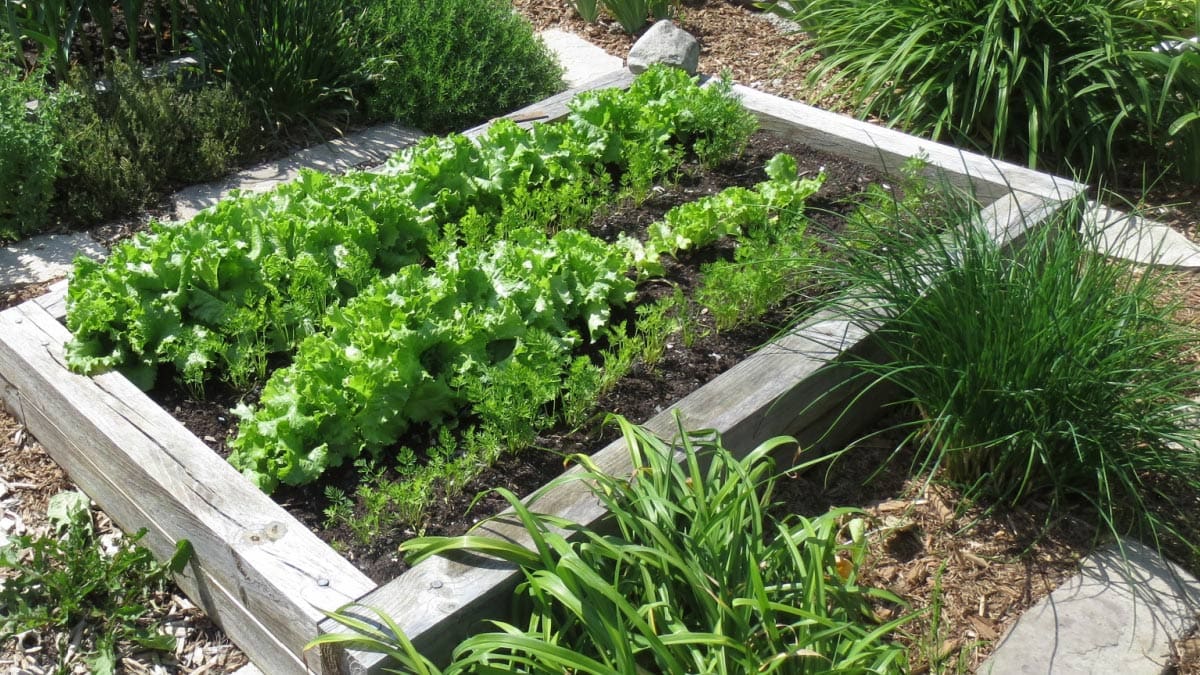
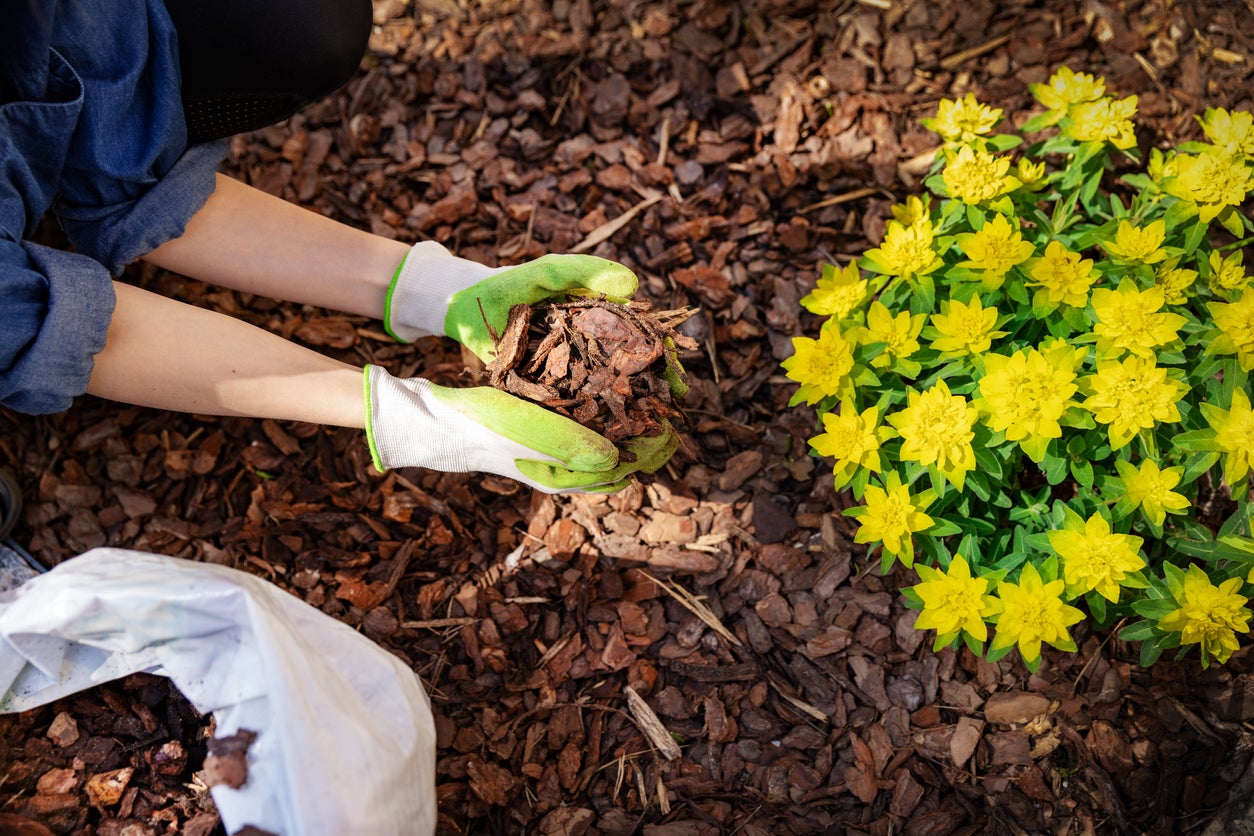
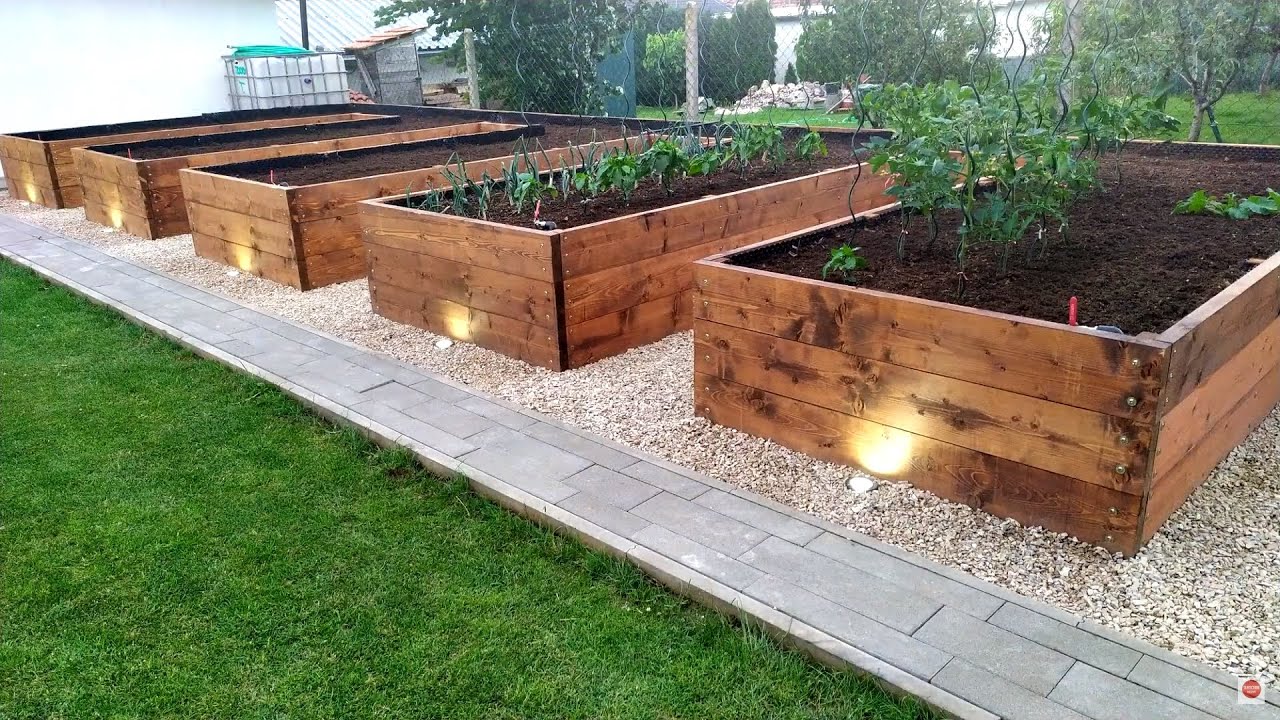
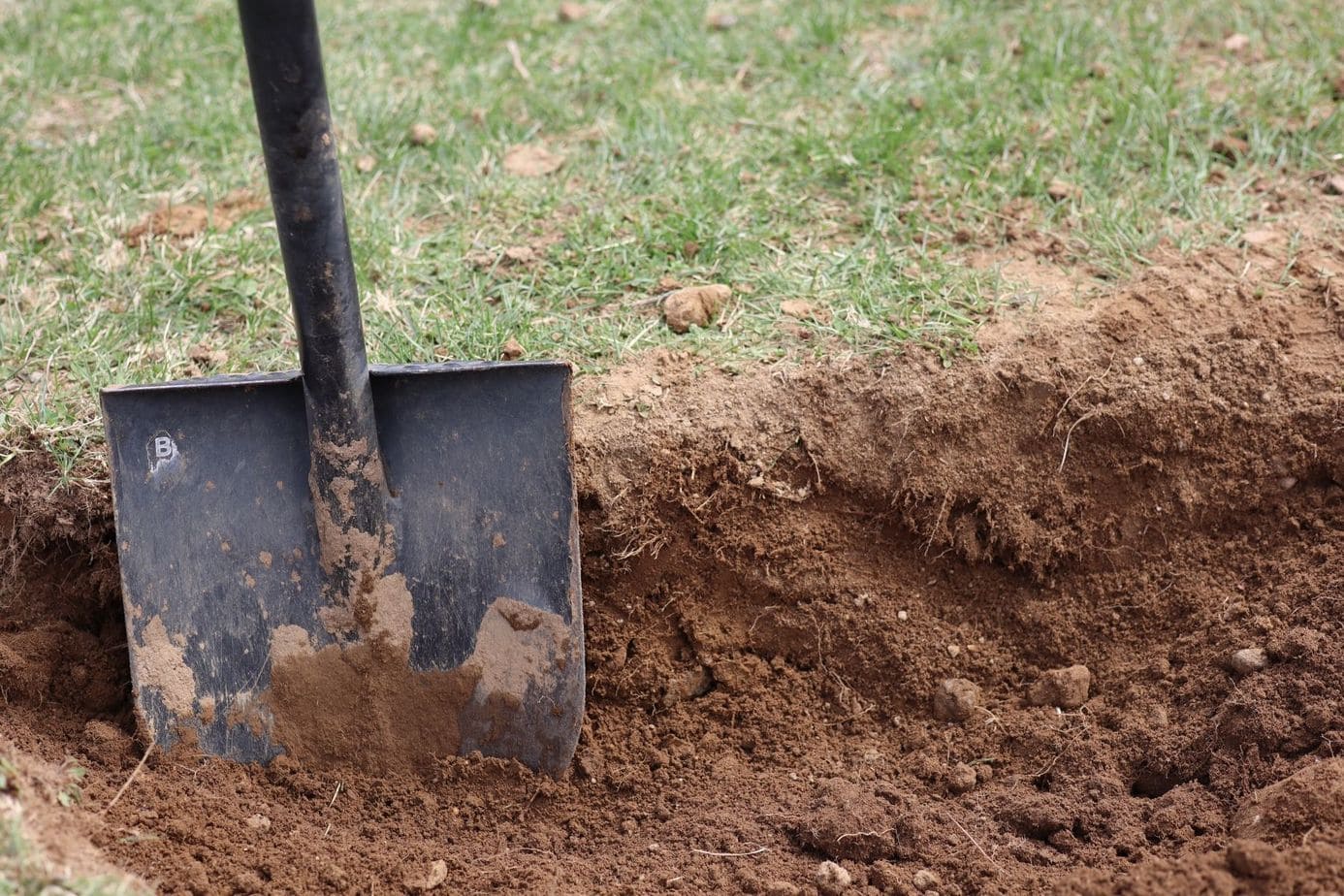

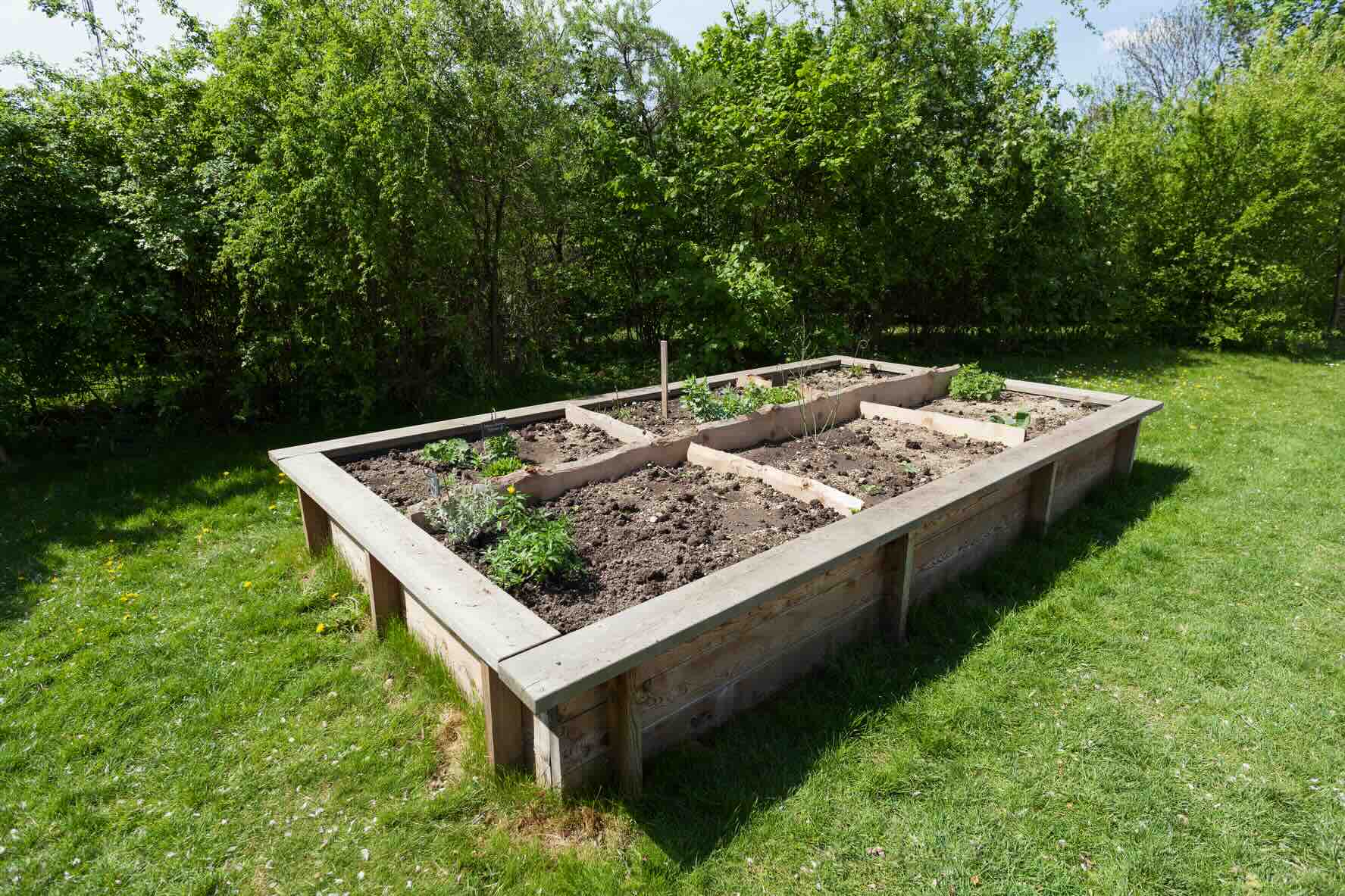
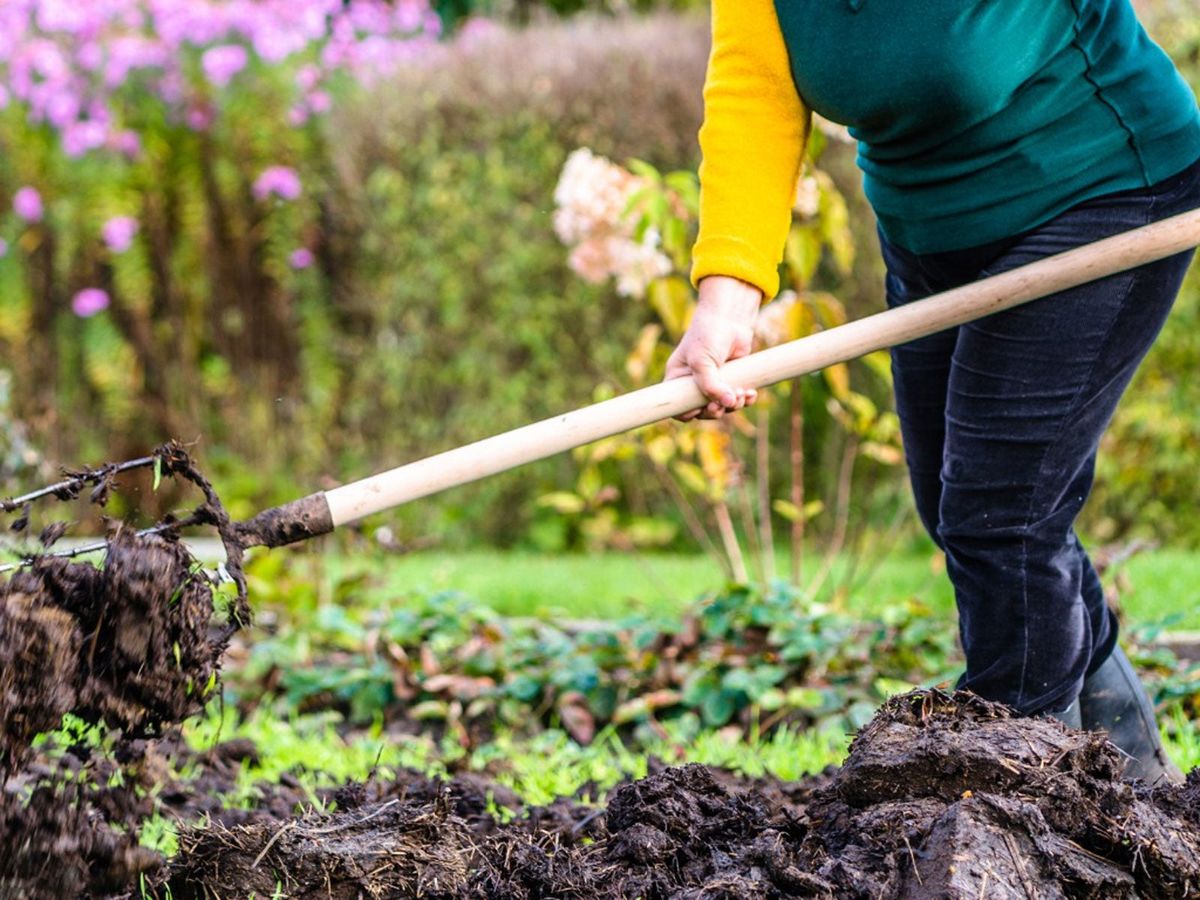

0 thoughts on “How To Start A Garden Bed”